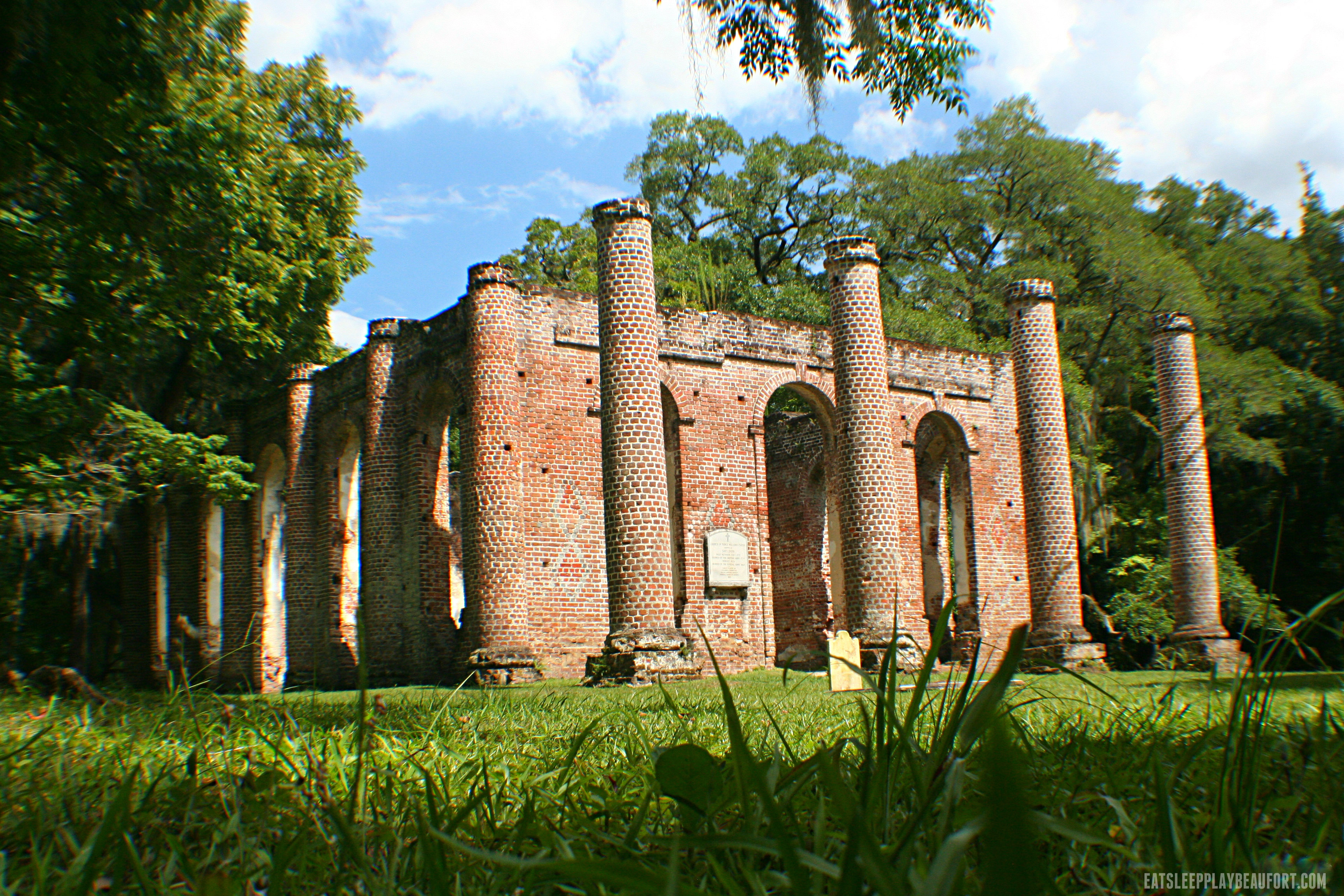Old painting sheds light on Sheldon Church's original look
The ruins of Prince WiIliam’s Parish Church, known today as the Old Sheldon Church, is probably one of Beaufort’s most photographed of all of her historic sites.
Folks flock there to sit and experience the quiet history that surrounds them among the hulking oak trees draped in a somber Spanish moss.
WIth a much-debated history, the church dates all the way back to the mid-1700s. The architecture of the building is a Greek Revival style of architecture and is said to be the first conscious attempt in America to imitate a Greek temple.
History claims Prince William’s was burned by the British in 1779 during the Revolutionary War. In 1826 it was rebuilt and legend says it was later burned again by William Tecumseh Sherman in 1865, during his fire-wielding march through the south.
However, written letters dating back to 1866 that have turned up recently may say otherwise. On February 3, 1866, Beaufort’s Milton Leverett wrote that, “Sheldon Church not burned, just torn up in the inside, but can be repaired.” The inside of the church was apparently gutted to reuse materials in rebuilding area homes that were burnt by Sherman’s army, and the actual church itself was not burned a second time.
We may never really know what happened. Some things are better left to mystery, and that just adds to the allure of the site.
But, have you ever wondered what the Prince William’s Parish Church looked before it was destroyed for the final time during the Civil War?
This recently found 100 year old portrait would most likely be it. It was found in a book titled Prince William’s Parish, published by Garrett and Massie, Richmond, VA in 1935. The image was brought to attention by Mr. Sonny Bishop of St. Helena Island.
This restoration drawing was done by a man named John Wenrich, and was based on what [of the church’s construction] had been left behind.
On the photo, it says, “…based on a study of existing walls and fragments of entablature that were later found around the ruins.”
In architecture, entablature is defined as “a horizontal, continuous lintel on a classical building supported by columns or a wall.” This tells us that part of the roof was laying around somewhere close by, and also that Prince William’s was heavily studied by professionals and perhaps partially put back together in vision, when this painting was created.
It’s a very very safe bet to say that, yes, this is what Prince William’s Parish Church looked like back in 1753 when its construction was completed.
But the ruins we have left today to wonder at….is simply amazing.
Enjoy some photos of what we see today when visiting one of the most sacred spots in all of the Carolina Lowcountry.










